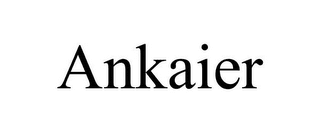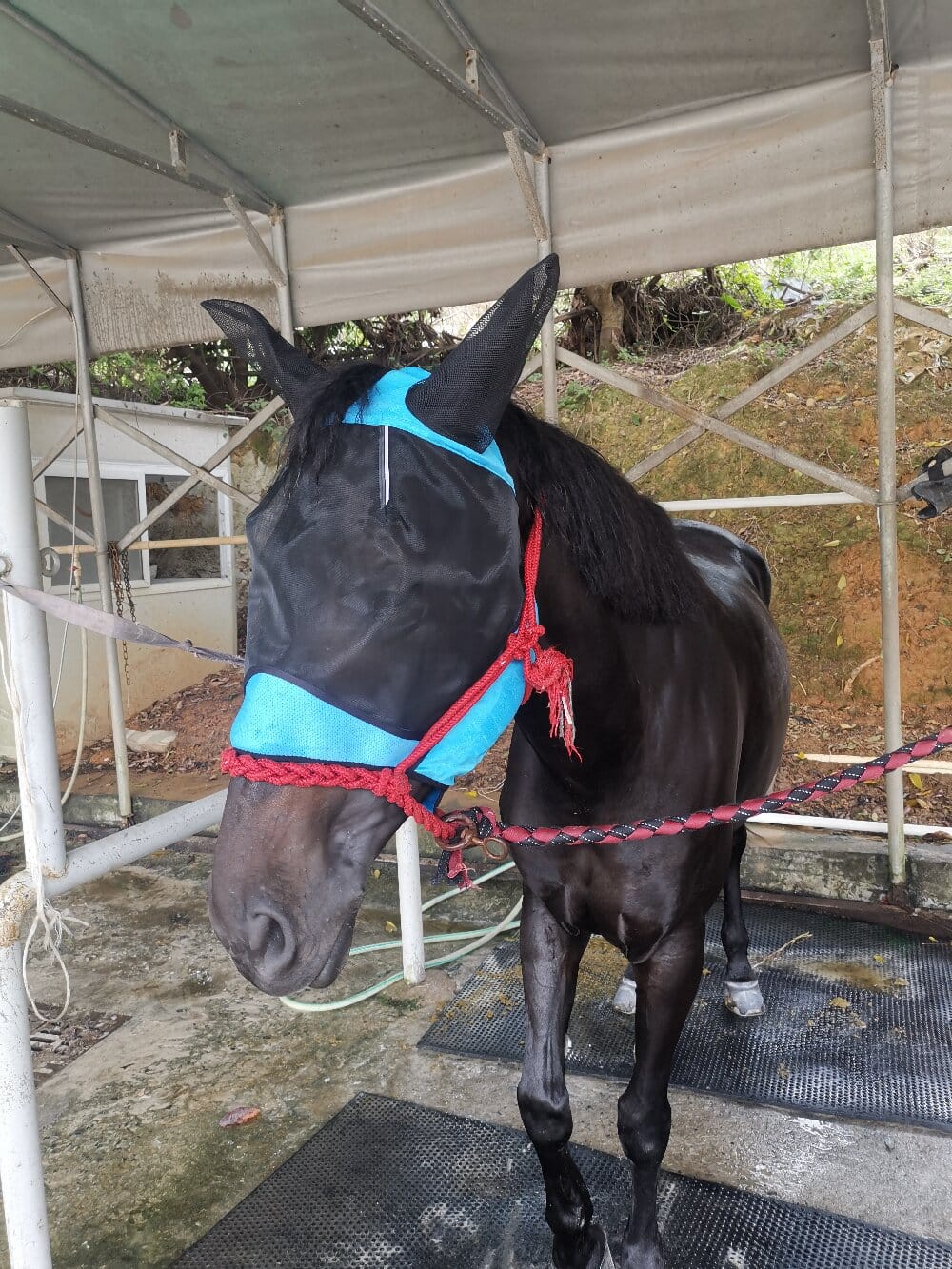A horse fly mask is an essential piece of protective gear designed to shield a horse’s eyes and face from a variety of environmental irritants. The primary function of this equipment is to prevent discomfort and potential injury caused by biting insects, harsh sunlight, and dust. For many horses, particularly those with light sensitivity or those turned out in areas with high insect populations, this simple covering is not a luxury but a necessity for maintaining comfort and health. Without such protection, horses can suffer from constant agitation, leading to stress, weight loss, and an inability to rest peacefully in their pasture.
Primary Problems a Fly Mask Solves
The challenges that a fly mask addresses are multifaceted, directly impacting a horse’s quality of life. The most immediate and obvious issue is the relentless annoyance from flies, gnats, and mosquitoes. These pests are not just a nuisance; their bites can cause painful welts, lead to infections, and transmit diseases. Beyond insects, ultraviolet light poses a significant threat, especially to horses with unpigmented skin around their eyes. Prolonged exposure can lead to conditions like cancer and chronic irritation. Furthermore, dust, pollen, and wind can cause conjunctivitis and other eye ailments. A well-fitted face covering acts as a first line of defense against these constant threats.
Key Features of an Effective Fly Mask
When selecting protective equine headgear, it is crucial to consider several features to ensure it performs its job effectively and safely. Not all masks are created equal, and the right choice depends on the specific needs of the horse and its environment.
- Durable, Fine Mesh: The material should be strong enough to resist tearing while providing a fine enough weave to block even the smallest gnats. It must also offer excellent visibility for the horse.
- UV Protection: Many modern masks are treated to block harmful ultraviolet rays, a critical feature for preventing sunburn and related health issues.
- Comfortable Fit: Look for soft, padded edging around the eyes and ears to prevent chafing and rubbing. Adjustable closures, typically velcro, ensure a secure yet comfortable fit that doesn’t slip.
- Ventilation: Adequate airflow is essential to prevent overheating. The mesh should allow air to circulate freely while keeping pests out.
- Extended Coverage: For horses that need extra protection, models are available with attached ear covers to guard against insects entering the ear canal, and longer nose pieces to protect the muzzle.
Ensuring a Proper Fit for Your Horse
Correct sizing is paramount for the functionality and safety of a horse fly mask. A mask that is too tight can cause rubs and restrict movement, while one that is too loose is prone to slipping, potentially obstructing vision or becoming a hazard. To achieve a proper fit, carefully measure your horse’s head from the middle of the poll, down the side of the face, to the corner of the mouth. Compare this measurement to the manufacturer’s sizing chart. When the mask is on, you should be able to fit one or two fingers comfortably between the mask’s straps and your horse’s skin. Ensure the eye pieces are centered and do not press directly on the eyeball or eyelid. Regularly check for any signs of rubbing or discomfort, especially during the first few days of use.
Maintenance and Hygiene for Fly Masks
Like any piece of tack, a fly mask requires regular maintenance to remain effective and hygienic. Dust, sweat, and debris can accumulate on the mesh, reducing visibility and potentially causing skin infections. It is good practice to remove the mask daily to inspect your horse’s face for any issues and to clean the mask itself. Most masks are machine washable on a gentle cycle, but always check the care label. Using a mild detergent and allowing it to air dry will help preserve the integrity of the mesh and any UV coatings. Regular inspection for tears or worn-out velcro is also essential, as a damaged mask will not provide adequate protection and could pose a safety risk.
Selecting the Right Fly Mask for Different Needs
The market offers a wide variety of fly masks to suit different equine requirements. A standard model with basic eye coverage may be sufficient for a horse in a low-bug area. However, for animals that are particularly sensitive or live in challenging environments, specialized options are available. For horses prone to uveitis, a mask with 100% UV blocking is non-negotiable. Those in regions with intense insect pressure may benefit from a full-face guard that includes ear covers and a long nose flap. For horses that constantly rub their masks off, styles with a secure browband and a throat latch can offer a more dependable solution. Assessing the individual horse’s environment and vulnerabilities is the key to making an appropriate selection.
Conclusion: A Simple Solution for Equine Well-being
Integrating a fly mask into your horse’s daily turnout routine is a straightforward yet highly effective management strategy. This piece of equine equipment directly addresses significant problems related to insect bites, solar radiation, and environmental debris. By investing in a well-constructed, properly fitted mask and maintaining it diligently, owners can prevent a host of health issues and provide their horses with greater comfort and peace. The result is a happier, healthier animal that can enjoy its time outdoors without the constant distress caused by external irritants.

